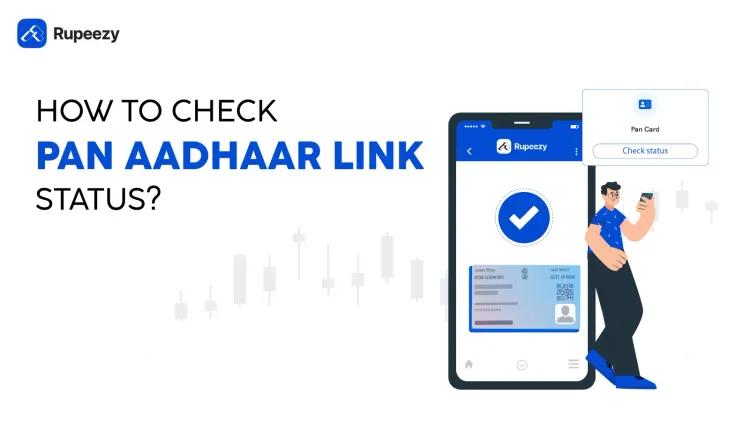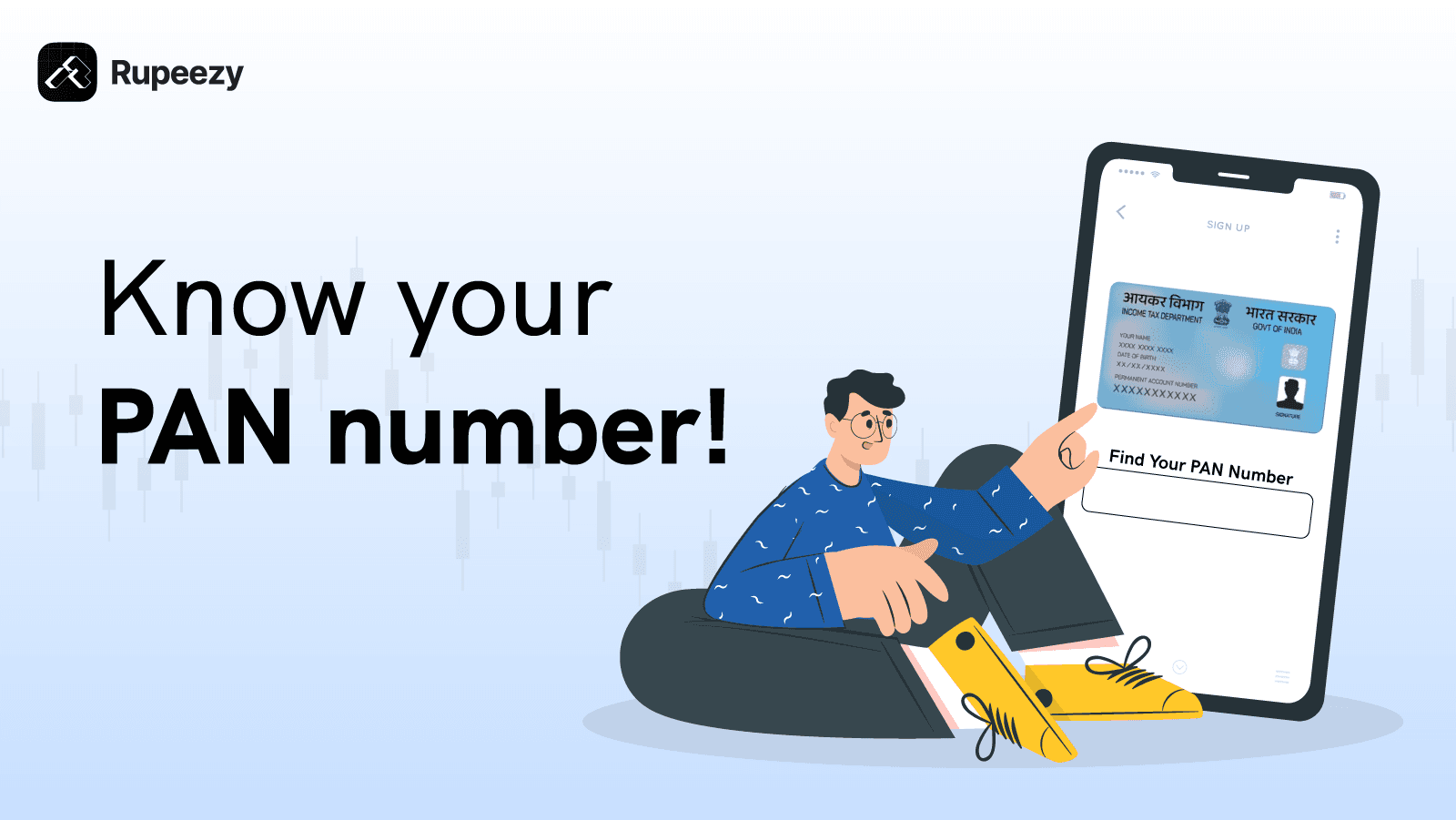Types of Inflation, Causes, Effects and Solutions


00:00 / 00:00
Have you ever observed how rent, groceries, or gas costs increase over time? That is inflation at work. One of the most important economic indicators is inflation, which is the gradual increase in the cost of goods and services. It causes a decline in the purchasing power, economic stability, financial planning, and value of money. It’s a fact that impacts everyone, from individuals managing their budgets to organisations planning investments.
One of the issues India today is facing is inflation, or steadily rising prices. Money loses value when prices rise as a result of inflation. Understanding different types of inflation is critical because each has its own set of causes and effects and comes in various forms. In this blog, we’ll look at the several types of inflation in economics, their origins, and how inflation affects India’s economy.
What is Inflation?
According to CROWTHER, “Inflation is a state in which the value of money is falling, i.e., prices are rising.”
Inflation refers to the rise in prices of goods and services over a specific period of time. This includes everyday items such as food, groceries, housing, and transportation. In essence, inflation serves as a broad indicator of a general increase in prices, reflecting the overall cost of living in a country.
For example:
In 2024, a kilogram of tomatoes cost Rs.30.
Where in 2025, the same kilogram of tomatoes costs Rs.40
This price increase (Rs10) means that the value of your money has decreased.
Different Types of Inflation in Economics
When we talk about inflation, it can occur because of various factors, and its rate of effect can be different. Based on this, inflation can be categorised on the basis of cause and speed. Let us now discuss the inflation types and causes under these categories:
Types of Inflation Based on Causation
Demand-Pull Inflation
This is a situation which the aggregate demand in an economy is more than the aggregate supply in the economy. This situation arises due to several factors, like an increase in money supply in the economy, an increase in income, or a rise in the level of public expenditure. When this situation arises, businesses start to increase the prices as the demand for the products is very high.
Example: During the post-COVID-19 economic recovery, there was a notable increase in demand for electronic devices, automobiles, and household appliances, all of which are dependent on semiconductor chips. However, the pace of chip production could not adequately match this rising demand, resulting in higher prices for consumer electronics and vehicles.
Cost-Push Inflation
This is a type of inflation that arises because of a rise in the cost of production of goods. This rise can be accounted for by an increase in the cost of the raw material itself, or the rise in wages, disruption of supply, or reduced production. This rise in the cost of production triggers a cycle of increase in the prices of finished products.
Example: In 2024, escalating Middle East tensions, particularly the Israel-Iran conflict, led to a surge in crude oil prices—a key raw material in paint production. As a result, higher input costs will force companies to raise paint prices, demonstrating cost-push inflation, where increased production expenses drive overall price inflation and impact profit margins.
Built-in Inflation
It is also known as wage-price inflation; this type of inflation occurs when businesses raise the price of goods to keep up with increasing wages. Thus creating a loop of increasing prices and raising wages.
Some common causes can be the expectation of inflation, where the employees expect a rise in prices, and negotiating in advance; another cause can be contracting terms, where the wages increase automatically according to inflation.
Example: The UK 2023 price spiral is an example of built-in inflation. The Russia-Ukraine war led to a rise in the price of food and energy, so the workers demanded salary hikes, which were then compensated by raising prices even further.
Types of Inflation Based on Speed
Creeping Inflation
It refers to inflation, where the prices of commodities and services rise very slowly. The inflation rate rises from 2% to 3% a year, and it is often measured by the Consumer Price Index (CPI). Such an inflation is not detrimental to the economy. Rather, it is beneficial to the economy and is also considered essential to some extent as it promotes consumption and investment.
Walking Inflation
When the inflation of an economy rises by an average of 3-10% per annum, then it is known as walking inflation. It is the point where it starts getting to be a concern for economies, and some measures are being taken to curb inflation from rising any further. This kind of inflation can start affecting purchasing power, business costs, and savings.
Running Inflation
This is a situation where the level of inflation rises around 10-20% per annum. It usually impacts economic stability, and consumers and businesses lose confidence in the economy.
Galloping Inflation
A situation when the rate of inflation exceeds 20%. This is a situation where the currency loses value very rapidly, and businesses are unable to keep up with the rising cost. Investors refrain from investing in the economy, and the government loses its credibility.
Hyperinflation
It is the worst situation that an economy can be in. The rate of inflation becomes as high as 50% per month and leads to a rapid and uncontrollable rise in the prices of goods and services. In this kind of situation, the currency of the country falls drastically, and the people resort to alternative means of exchange.
Other Types of Inflation
Profit-Induced Inflation: This is a situation where businesses raise prices of commodities in greed for profits and not due to rising costs of production or high demand. This means that the customer has no option but to buy unnecessarily expensive products.
Skewflation: It is a type of inflation where the prices of a set of commodities increase, but the overall market remains quite stable or decreases. It may be caused by supply chain disruptions, changes in government regulations, demand-supply imbalances, or monetary policies that affect only certain industries.
Imported Inflation: This is an inflation arising from the rise in the cost of imports. This is majorly due to the government increasing import duties on a commodity or the raw material of the commodity. Another reason can be the decreasing value of the currency, which will make it more expensive for the importing country to import the products, as they will have to pay a much higher interest rate.
Core Inflation: This type of long-term inflation measures the prices of commodities, excluding food and energy, as their prices are highly volatile, prompting economists to omit them from inflation calculations. This is used to interpret the long-term trend in the prices and also asses the success of monetary policies implemented.
Sectoral Inflation: This is a situation where the prices of a particular sector of the economy rise extremely quickly, but the prices of the other sectors do not change a lot.
Impact of Inflation on an Economy
Positive Impact of Inflation
Moderate inflation can result in an increased demand among consumers, increases business revenues, creates jobs, and drives the overall economy.
Rising inflation can also lead to higher wages/salaries, which can result in increased spending among consumers.
Inflation can often drive the value of stocks, real estate, and commodities, which can give people an opportunity to grow.
Negative Impact of Inflation
Inflation can lead to a decline in the purchasing power of consumers.
Businesses face increased costs during inflationary periods, impacting their profitability and competitiveness.
Adversely affects fixed-income groups as they are more vulnerable to rising prices.
To curb high inflation, the RBI increases interest rates, which inturn can increase the cost of borrowing for the consumers.
Inflation can result in a weaker currency, which can make the import prices of essential goods like fuel, electronics, and raw materials more expensive.
What are the Types of Inflation India Faces?
Cost-Push Inflation: The rising fuel prices are an example of cost-push inflation as the price of raw material, i.e., crude oil, is increasing along with the import duties.
Demand Pull Inflation: In India, we are seeing a boom in the real estate sector due to low home loan interest and rising incomes.
Core Inflation: India, from the past few years, has seen a hike in the education fees throughout the country.
Walking Inflation: Rent prices in major Indian cities like Mumbai and Bengaluru are increasing at a rate of 8-9% YOY due to IT employees relocating to those cities.
The Measures to Tackle Inflation
Steps Taken by Government
The government uses various measures or policies to reduce excess demand, which leads to an increase in prices. These can be broadly classified into:
Monetary Policy - The RBI can make monetary policies that are specifically targeted towards combating inflation. These policies include reforms like higher interest rates (repo rates) and low bond prices. These are aimed at lowering the supply of money in the economy.
Increasing the interest rates will make borrowing more expensive and unattractive and would lead to lower spending and hence demand. Another method is selling government bonds in the open market, which will take money away from the public and reduce spending.
Fiscal Policy - Fiscal policies are the policies of the government that deal with the spending, borrowing, and taxation schemes of the government. During a time of inflation, the government can reduce its spending or increase taxes to reduce the money supply in the market, curb inflation, and relieve the government of inflationary pressure.
Government Subsidies - The government can strategically use subsidies to curb the effects of inflation. The government can use subsidies to reduce the price of essential commodities like food grains, vegetables, and fuel. This would provide relief for a short time.
Steps Taken by Businesses
Businesses can help control inflation by diversifying:
Supply Chain Management - As observed, the supply of commodities is one of the main drivers of inflation in an economy. To get rid of this problem, the supply chain needs to be optimised. This can be done by increasing production, providing better storage solutions, and optimising transportation mediums to avoid a shortage of commodities.
Pricing - Companies adjust their pricing structures or adjust prices in real time in response to market conditions. In the case of inflation, they may raise prices to reflect increased costs.
Steps Taken by Individuals
Purchase an inflation hedge - Certain assets, such as gold and real estate, are considered good inflation hedges since they increase in value as prices rise overall.
Real estate - When inflation hits, landlords can typically boost rents to keep up. If you have an income property with a fixed-rate mortgage, this can significantly boost your profits
Invest in Equity - Equity investments help protect wealth from inflation, as businesses pass rising costs to consumers, maintaining profits. However, managing stocks requires capital and expertise. Mutual funds offer a simpler alternative, providing diversification, professional management, and inflation-beating returns for long-term growth. Rupeezy simplifies the process by providing top-performing mutual funds in a variety of areas. Here are some high-performing mutual funds listed based on their 10-year CAGR return:
Nippon India Large Cap Fund (12.07%)
Quant Mid Cap Fund (15.76%)
Quant Small Cap Fund (18.10%)
Quant Flexi Cap Fund (17.13%)
Quant Active Fund (16.03%)
Quant ELSS Tax Saver Fund (17.80%)
ICICI Pru Value Discovery Fund (13.56%)
Quant Infrastructure Fund (15.99%)
ICICI Pru Dividend Yield Equity Fund (13.86%)
SBI Contra Fund (14.16%)
(The above information is collected and recorded as of the 28th of February, 2025.)
Conclusion
Inflation is one of the most complex economic challenges that a country or economy has to deal with. It can be caused by a slew of factors like the imbalance of demand and supply, the rising cost of production, or even external market conditions. By observing the characteristics, it can be categorized based on the causes, its speed, or as other.
It has several positive impacts on the economy, like the growth of the economy, encouraging more investments, and reducing the debt burdens, but it also has many negative impacts. like the interest rates on loans skyrocketing, the purchasing power of money falling, and the economy becoming very uncertain.
In conclusion, a complex economic phenomenon like inflation requires a proactive and multi-faceted approach to make sure that the economy of a country grows without any extreme disruptions.
Check Out These Related Articles |
The content on this blog is for educational purposes only and should not be considered investment advice. While we strive for accuracy, some information may contain errors or delays in updates.
Mentions of stocks or investment products are solely for informational purposes and do not constitute recommendations. Investors should conduct their own research before making any decisions.
Investing in financial markets are subject to market risks, and past performance does not guarantee future results. It is advisable to consult a qualified financial professional, review official documents, and verify information independently before making investment decisions.

All Category










